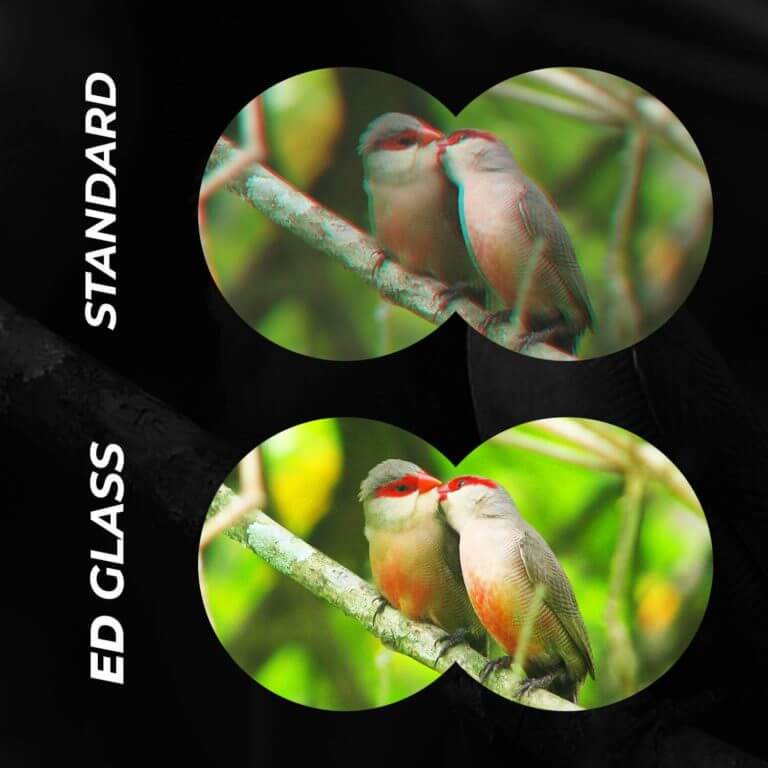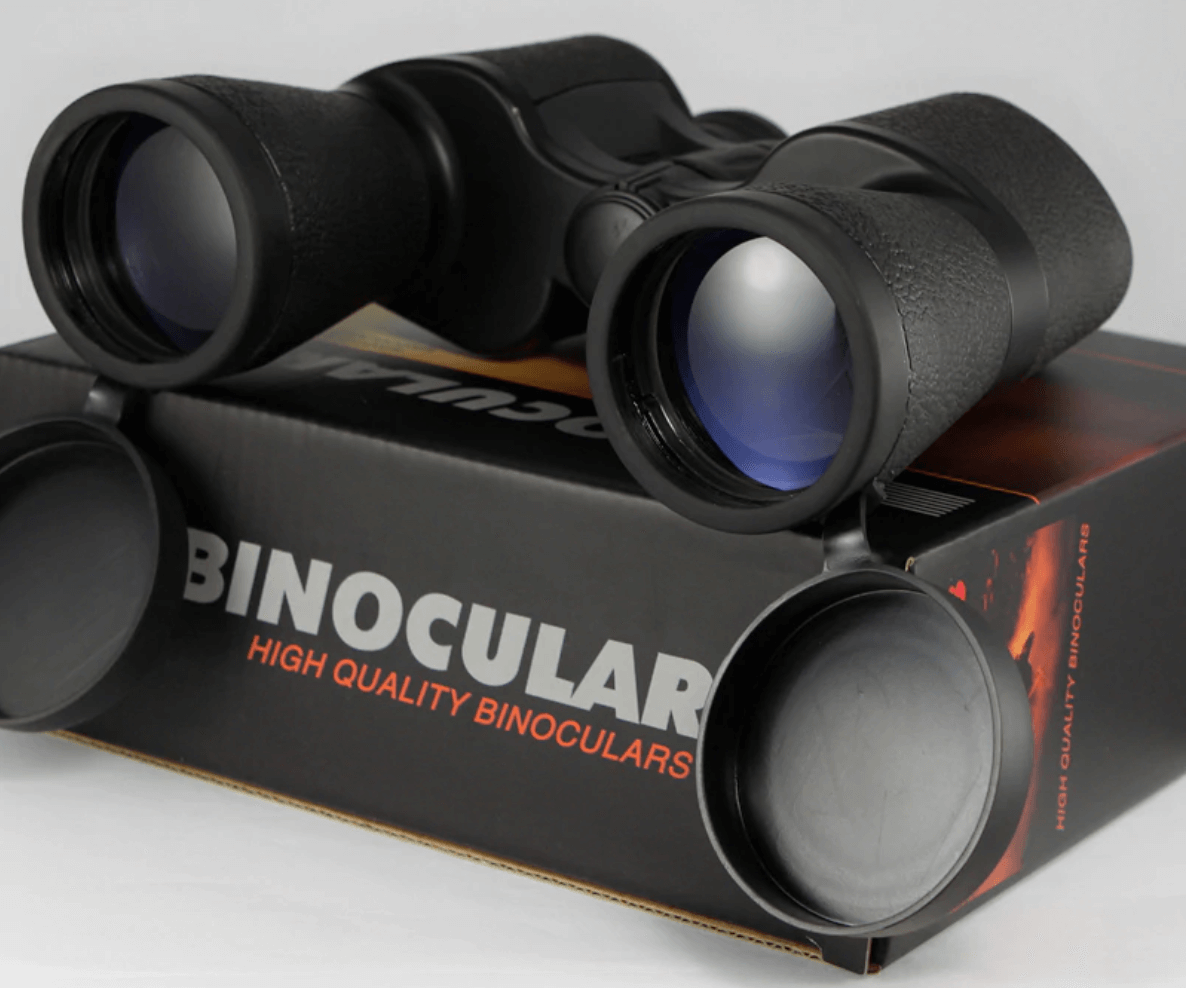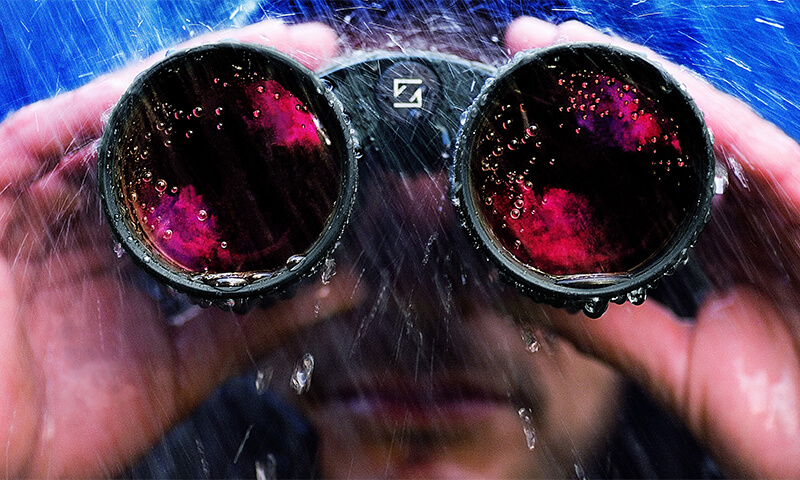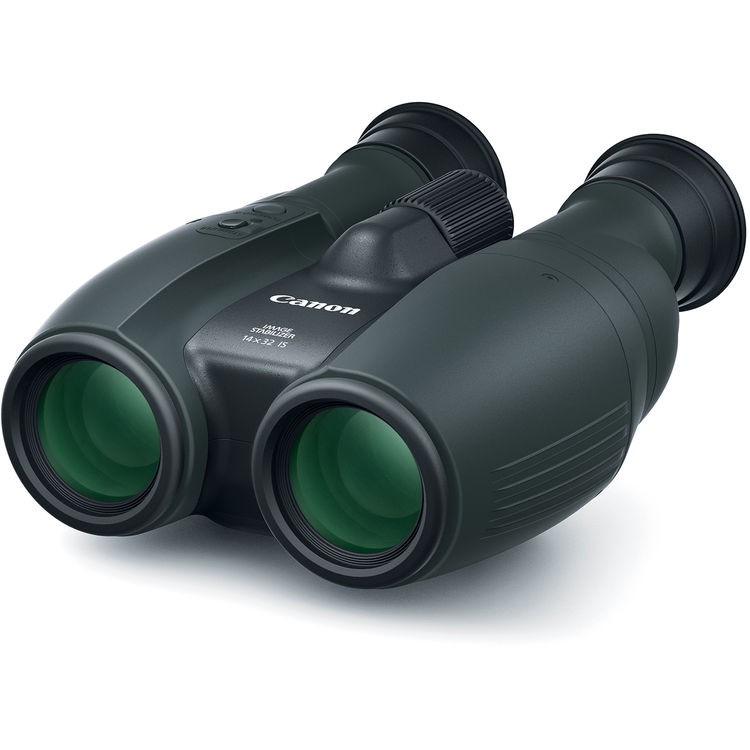What Do the Numbers on Binoculars Mean
Contents
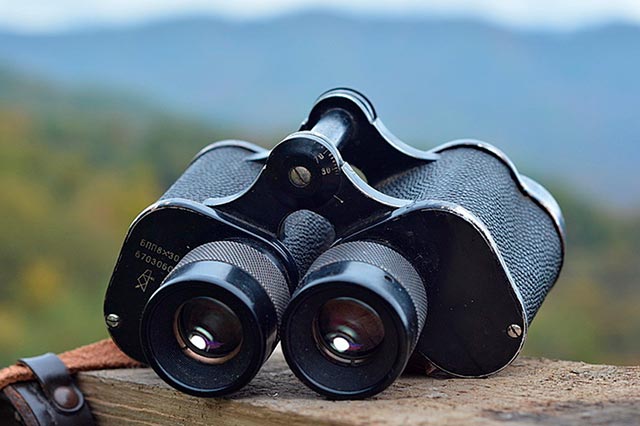
Binocular is a complex optical device and its magnification and features are determined by its technical characteristics.
This means you can choose the right binoculars only if you understand those numbers.
One of the very first questions you may have is: “What do the numbers on the binoculars mean?” Usually, we can see two pairs of numbers on binoculars, separated by x.
Those numbers are seen on the binocular body and also indicated in the instruction to the binoculars.
Binoculars, like any optical device, have many technical characteristics. They determine what exactly can be seen with the binoculars, and when it can be used.
Different binoculars may look slightly identical but differ a lot due to their technical characteristics.
That’s why we need to understand those numbers and characteristics so we can choose exactly what we want. Let’s find out what those numbers mean.
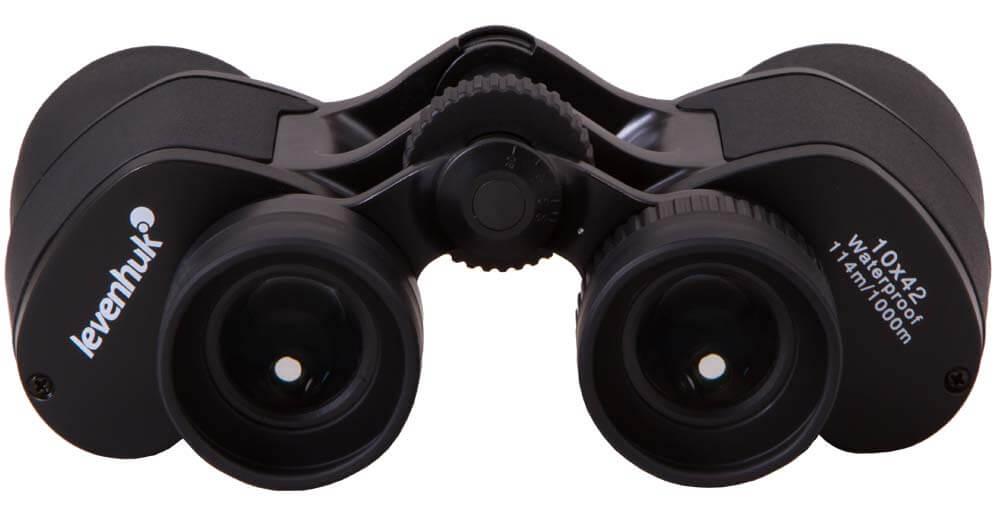
How to Understand Numbers
In fact, understanding the numbers on binoculars is the first step in getting to know its technical characteristics.
The first number indicates the magnification power of the binoculars and the second number is the diameter of its lenses.
It is worth noting that the binocular magnification power is often called magnification factor and the diameter of the lenses – aperture or light diameter.
I recommend to keep this in mind because all optical devices come with different types of descriptions, i.e. use different combinations of words.
Thus, the answer to the question “What do the numbers on binoculars marked 20×50 mean?” is as follows: the magnification of the binoculars is 20x, and the diameter of its lense is 50mm.
BTW, the the bigger the diameter of the lens the more light it transmits and the brighter is the image produced by binoculars.
However, even after such a description for an unprepared user, the numbers on the binoculars will be uninformative.
You need to understand the capabilities of optics behind them.
Is it good when these numbers are large, or maybe, on the contrary, we should choose binoculars with small numbers?
Is it possible to find out the scope and purpose of use of binoculars if you understand those numbers? Do these numbers impact the cost of optical instruments?
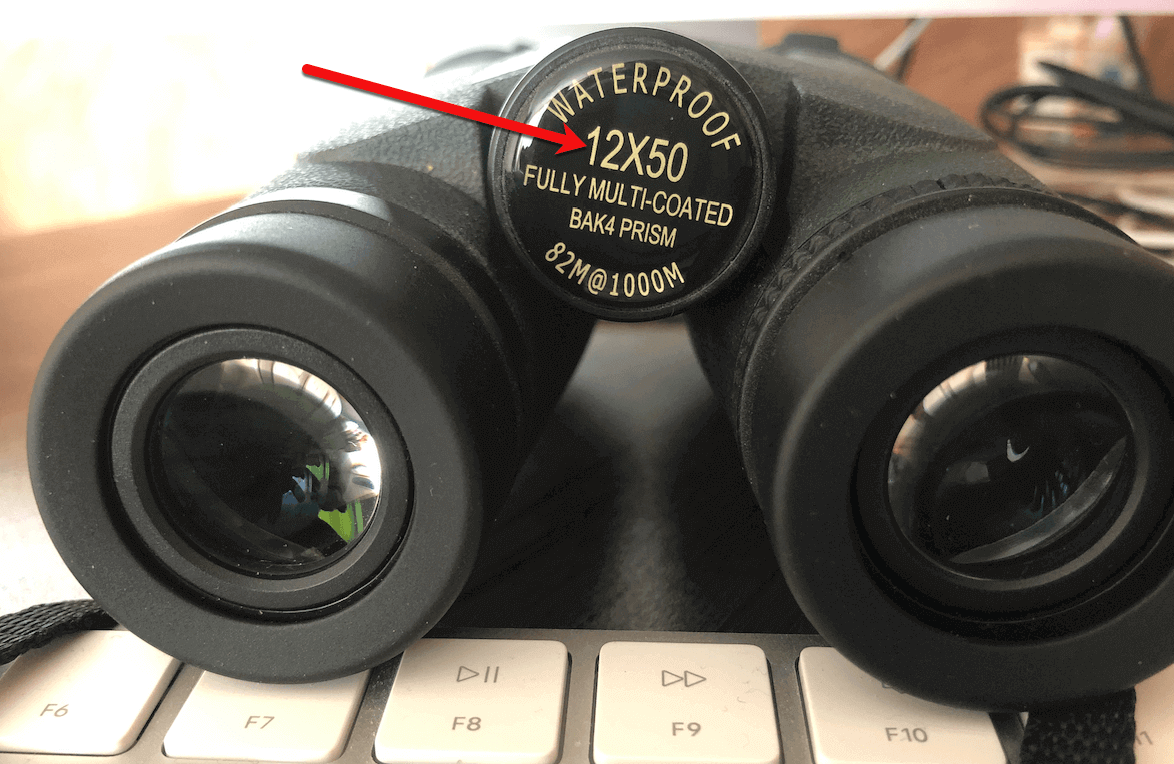
Magnification power of binoculars is how close a distant object can be brought to your eyes when looking through binoculars or how many times it can be magnified thanks to binoculars optics.
It can be either 6 times or 20 times or even 100 times. The classic and the most comfortable magnifications are 8x and 10x.
These are the best binoculars with which it is comfortable to observe objects without a tripod. When magnified over 10 times, you can’t comfortably hold binoculars because the weight of the binoculars.
As a result you get shaky and blurry image. It becomes very difficult to see the details when looking through binoculars.
The size of the binocular lenses determines how well the optics will collect light. This parameter is important for situations when this light is not enough.
For example, for observations at dusk and dawn, you need binoculars with a lens diameter of 50mm or more.
In the daytime, you can do well with a model that has aperture of 25-30 mm. 40-42mm lens will be an ideal choice for bird watchers.
For night observations you have to take a specially designed night vision device for this. But this is a topic for another article.
Now you know not only what the numbers on the binoculars mean, but also what is hidden behind them. Let’s take a few more steps further.
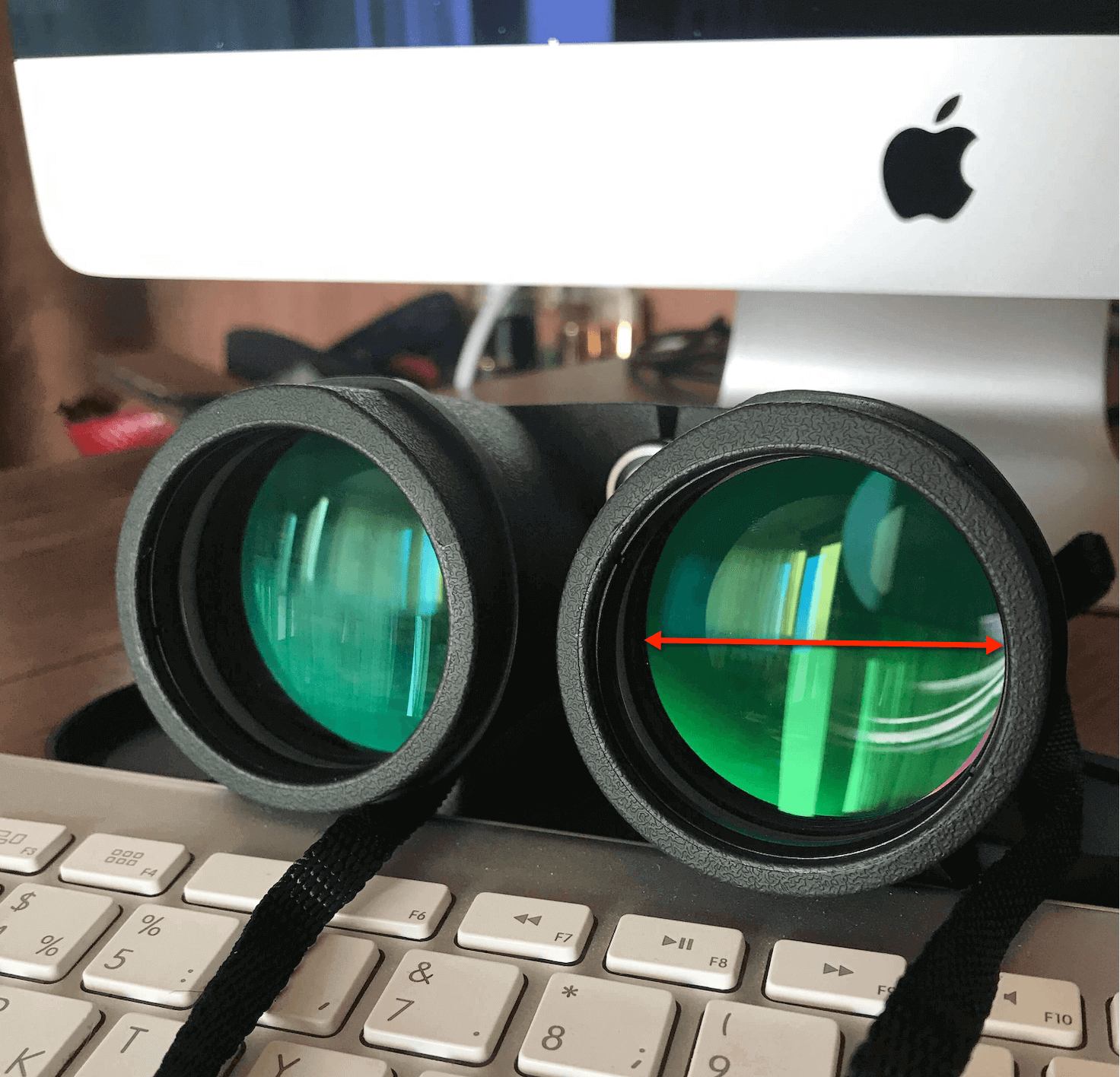
The magnification power is inversely proportional to the field of view of binoculars.
The greater the magnification factor, the smaller the area covered when looking through binoculars.
The smaller the magnification power, the wider field of view your binoculars will have.
In practice, this means that magnification 10–12 times will allow a detailed observation of only one object.
To observe other objects, near the observed one, you will have to change your binoculars direction.
Binoculars with magnification 6x will not show many details, but will allow you to explore and observe a group of objects.
At stadiums it will be much more comfortable to observe objects with the latter.
Powerful binoculars are more suitable for observing wild animals or when observing distant objects, 5,6 or 10km from you.
The size of the lenses directly affects the weight of binoculars. The larger they are, the heavier the optical device.
Therefore, tourists rarely choose powerful binoculars with diameter lens of 50mm. They prefer lightweight binoculars to powerful ones.
It is amazing that knowing only what the two numbers on the binoculars mean, you can say so much about the optical device!
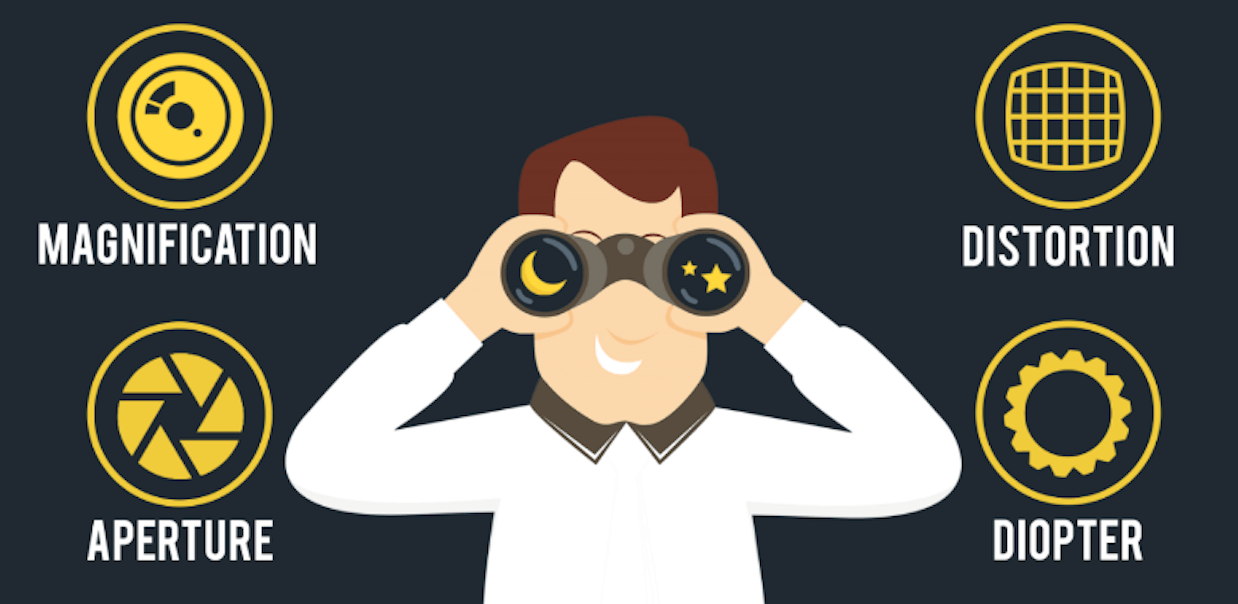
Magnification Factor vs Aperture
Some people may get confused when they see binoculars with the same magnification but with different aperture.
For instance, you can see binoculars, such as:
8×25
8×30
8×40
8×50
All these binoculars have the same magnification power but different image quality in terms of contrast and brightness.
For example, the image in binoculars 8×50 will be more crystal clear, sharp and bright than in 8×25 binoculars because of the diameter of the objective lens.
50mm lens delivers brighter sharper image than 25mm lens.
Some binoculars may have numbers different from standard binoculars. As was shown above, standard binoculars have two pairs of numbers, such as 10×50.
10 is the magnification and 50 is the aperture (lens diameter).
In some binoculars you can see three pair of numbers, such as 10-60×50. What do these numbers mean? I will explain.
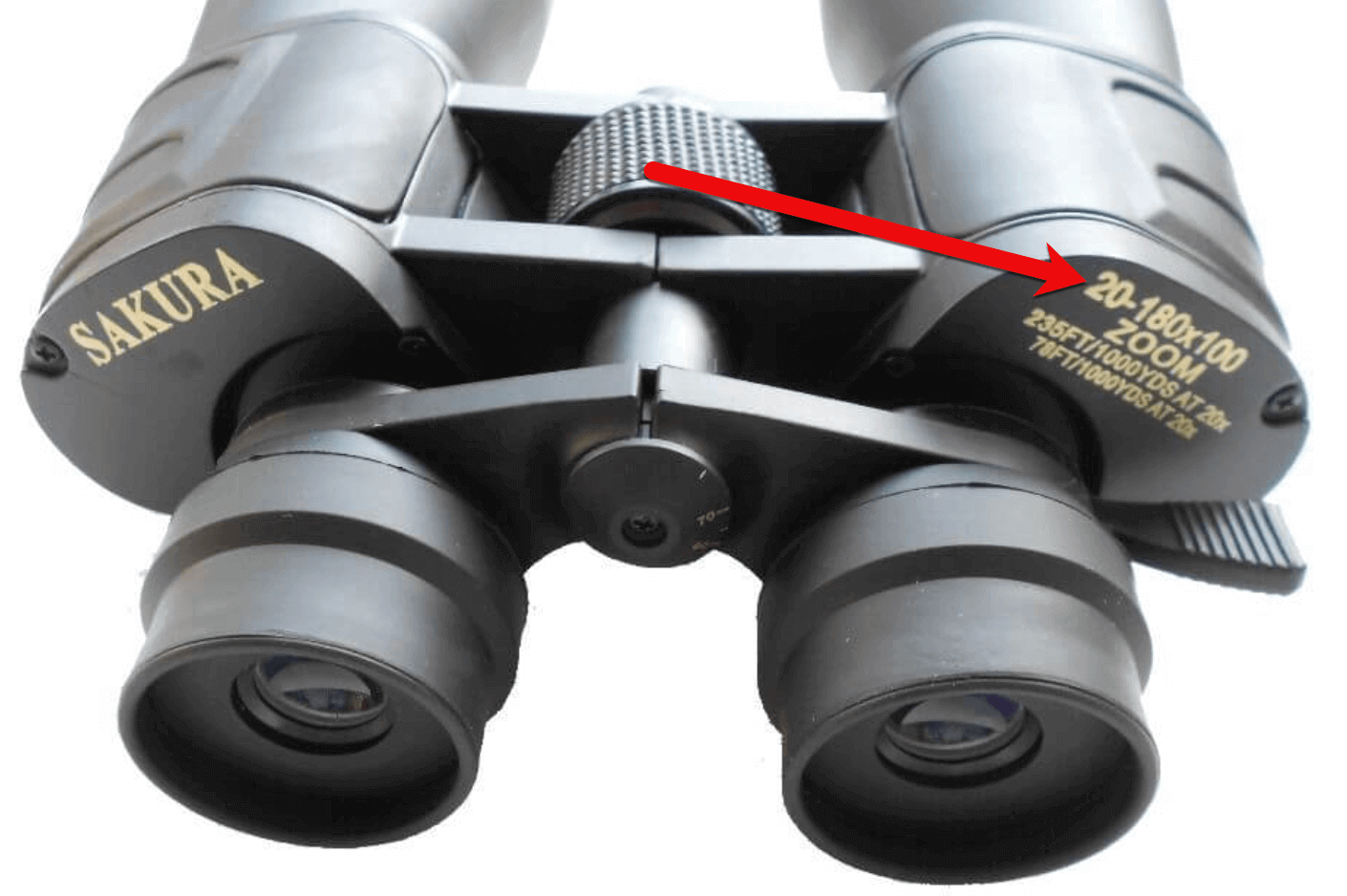
10 is the magnification power
60 is the magnification power
50 is lens diameter (aperture)
Such binoculars are known as zoom binoculars and have adjustable magnification.
For instance, 10-60×50 means that binoculars has magnification form 10x to 60x which means it magnifies objects from 10 times to 60 times.
50 is still lens diameter (aperture).
But you must keep in mind that standard binoculars always outperform zoom binoculars when it comes to overall quality and especially the image quality.
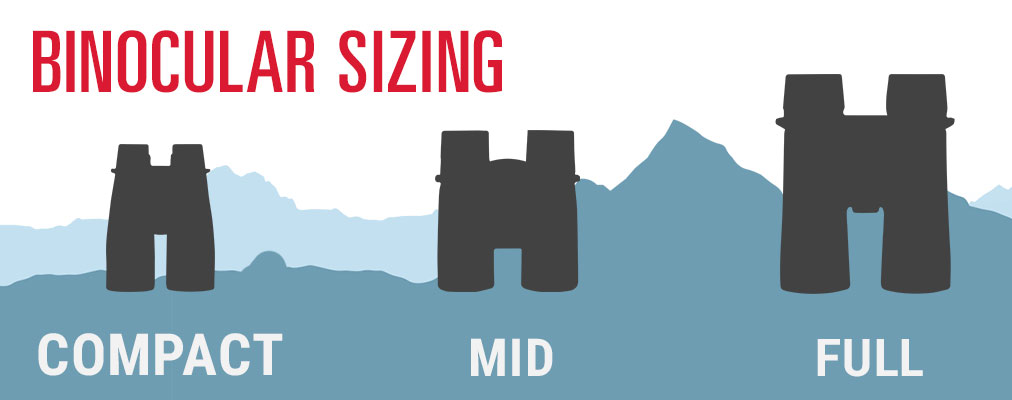
Numbers and Types of Binoculars
Sometimes when you read the description about binoculars you can understand the info even without looking at the numbers.
For instances, when someone talks about compact binoculars, it generally means that such binoculars have the following characteristics:
8×25
8×30
8×32
10×25
10×30
10×32
When someone talks about full-sized binoculars it generally means that such binoculars have the following characteristics:
8×40
8×42
8×50
10×40
10×42
10×50
12×50
When someone talks about high power or astronomical binoculars it generally means that such binoculars have the following characteristics:
15×50
15×56
20×50
20×60
20×70
25×70
25×80
25×100
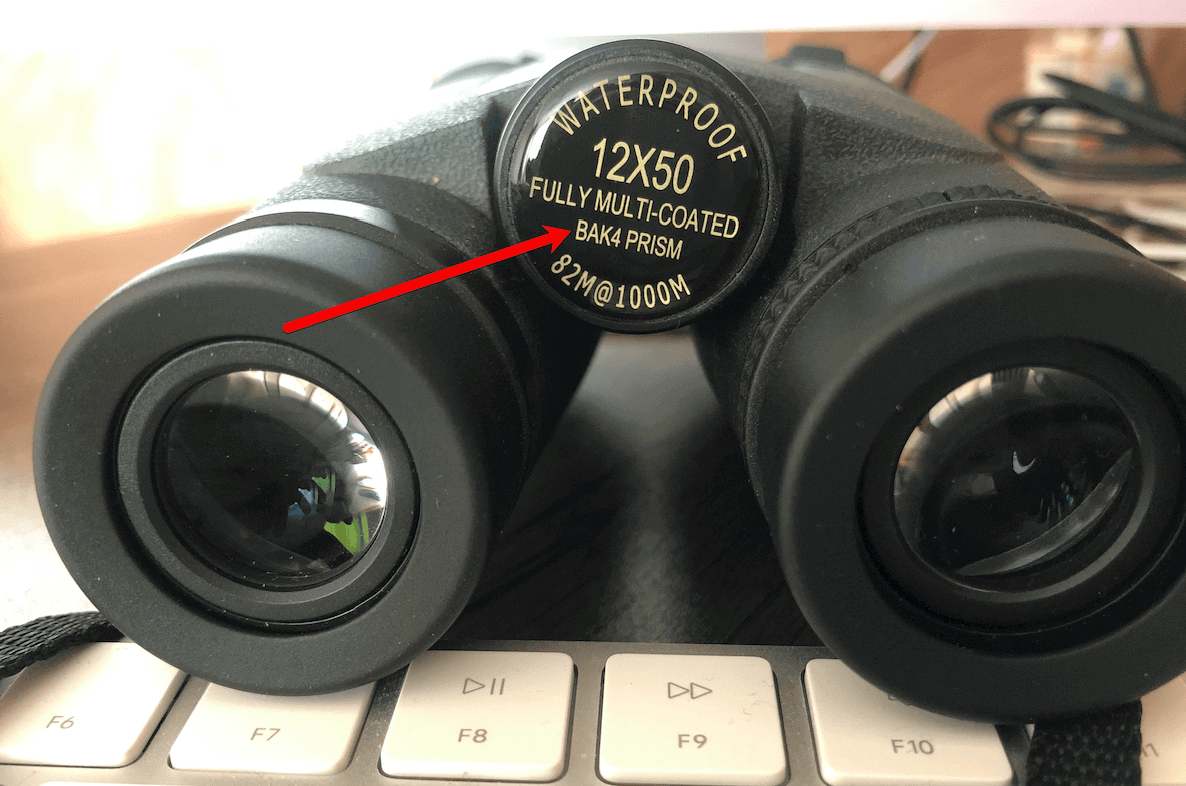
BAK-4 – BK-7
If you see a designation on binoculars like BAK-4 or BK-7 you need to know the following. BAK-4 is a high quality prism used in high class binoculars.
But not all binoculars with BAK-4 prism produce the same image quality. Image quality also depends on the type of coating.
For instance, binoculars with BAK-4 prism and fully multi-coated optics produce much better image than binoculars with BAK-4 prism and fully coated optics.
BK-7 prism is a low quality prism used in cheap binoculars. Image quality in such binoculars is not so good to be honest.
Such binoculars are recommended only if you are on a very tight budget.
ED or HD Glass
Some binoculars have designation such as ED or HD glass. It means low dispersion glass has been used in the binoculars.
This type of glass is used to reduce chromatic aberration and deliver highest image quality to your eyes without any color infringement.
Such binoculars are expensive are start from around $170 price tag.
Field of view
Field of view is a very important feature in binoculars. If you want powerful binoculars with a wide field of view you should choose 8x binoculars.
If you need powerful binoculars and field of view is not the most critical aspect you should choose 10x binoculars.
Field of view on binoculars in indicated in degrees. For instance, if you see on binoculars 4.3°, it means binoculars has 4.3° field of view.
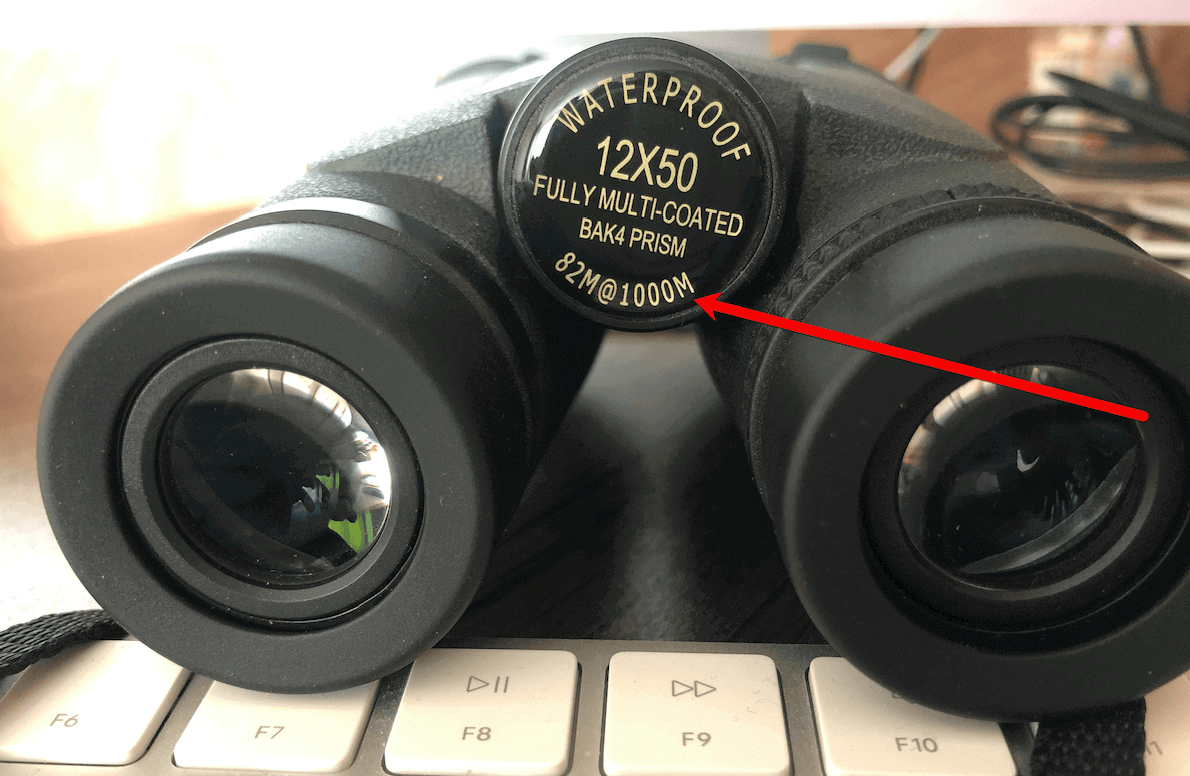
Normally wide field of view binoculars are those that have
6°
7°
8°
Binoculars with extra wide field of view have at least
17°
Binoculars with mid-size field of view have
4°
5°
Binoculars with a narrow field of view have
2.2°
2.5°
3.5°
For instance, on some binoculars instead of 8.2° it can be indicated 430ft/1000yds or 143m/1000m.
If it is indicated as 430ft/1000yds it means you need to divide 430 by 52.5 and you get 8.2.
If it is indicated as 143m/1000m, you need to divide 143 by 17.5 and get 8.2.
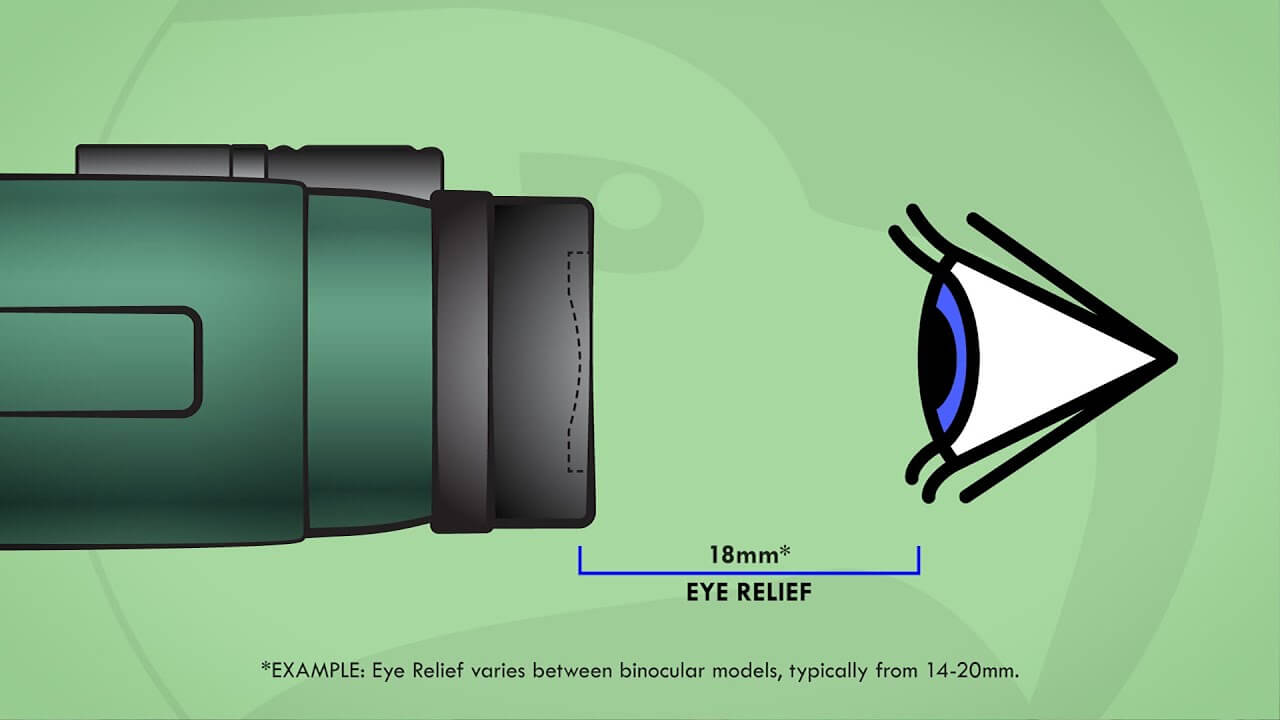
Eye Relief (LE)
Eye relief parameter is indicated on binoculars as Long Eye Relief (LE) which means binoculars is suitable for eye glass wearers.
Binoculars suitable for eye glass wearers normally have 15-16mm parameter.
If you see on binoculars this parameter (Long Eye Relief) it means your binoculars have 15-16mm which is suitable for you.
If you want to be 100% that your binoculars will be suitable for you, choose binoculars with eye relief at least 18mm.
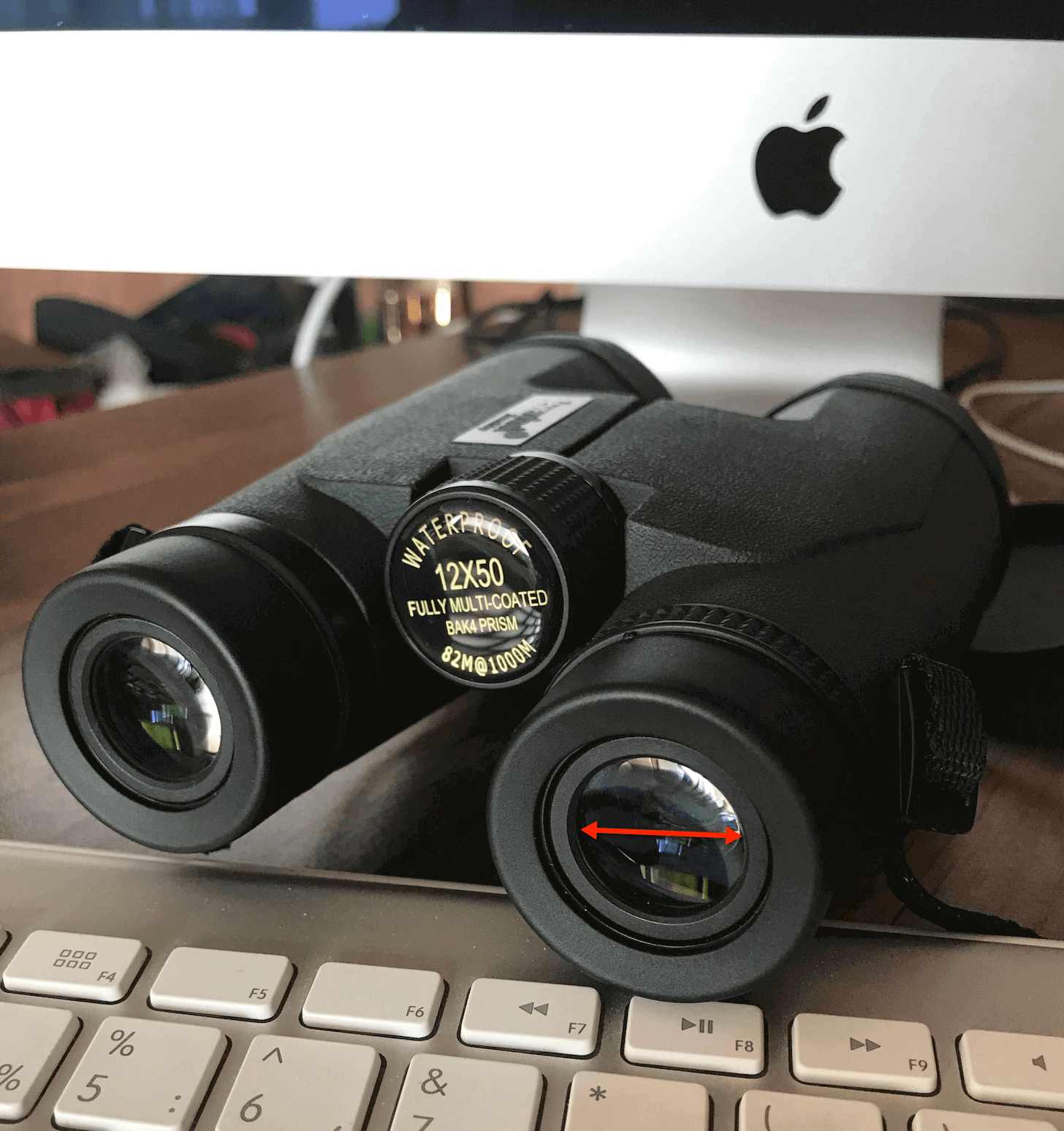
Exit Pupil
Now let’s using a calculator divide the aperture (diameter of the objective lens) on magnification power.
We will get another technical characteristic of the binoculars – the size of the exit pupil.
The larger it is, the more light enters our pupil and the clearer and brighter the image in binoculars will be.
However, not everything is so simple. The pupil size of the human eye varies from 2 to 7 mm.
The ideal picture will be only if the size of the exit pupil of the binoculars and the pupil size of the observer are the same.
For instance, binoculars 8×25 has exit pupil 3.1mm. We divide 25 by 8 and get 3.1mm which is an exit pupil. It’s too small and not very comfortable for your eyes.
The best would be the following configuration like 8×30 or 10×40. The size of exit pupil in 8×30 will be 3.75mm and the size of exit pupil in 10×40 binoculars will be 4mm.
Both sizes are comfortable. 3mm is too small and usually you can find it in compact binoculars.
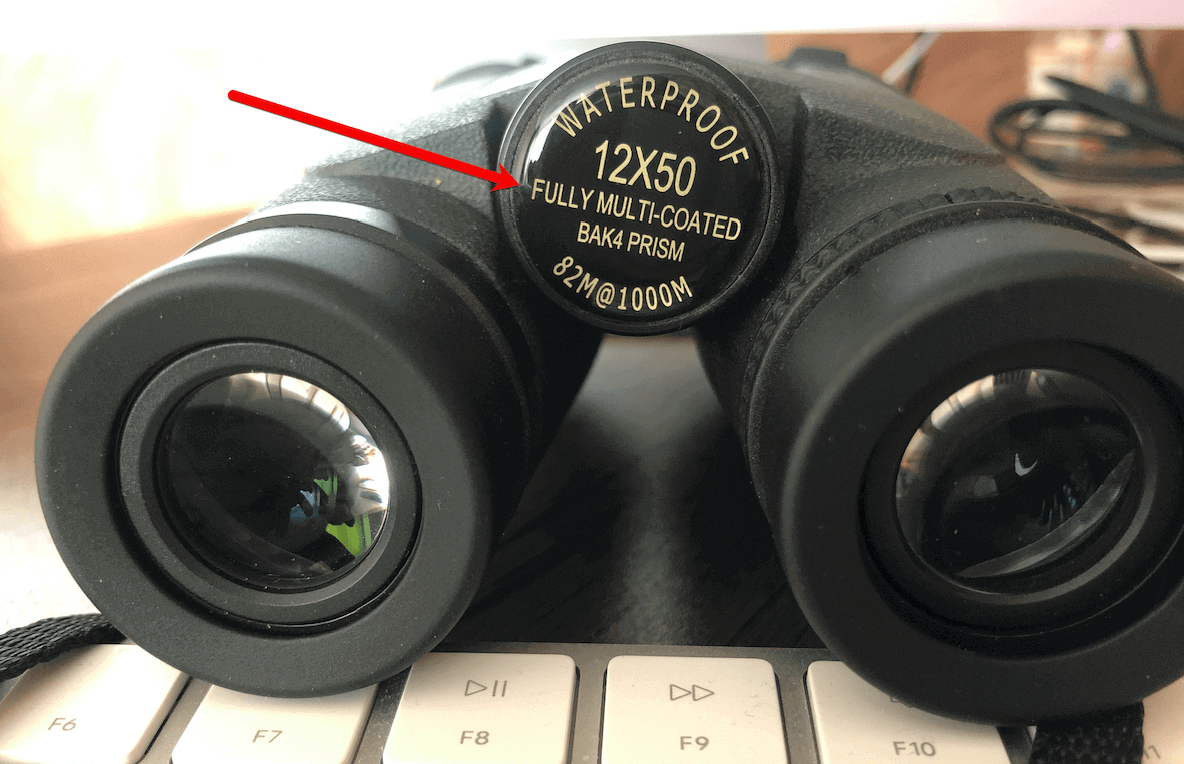
Lens Coating
On binoculars you can also can see the following designation.
Coated
Fully coated
Multi Coated
Fully multi coated
Fully Multi-Coated XLT Coating
Dielectric coating
Coated means the binocular has coated optics. Only one optical element has coating on one surface.
This is very low quality optics with poor image quality.
Fully coated means binocular has lenses and glass surfaces that have a coating layer. This applies to cheap class binoculars.
Multi coated means fully coated optics like the previous one but one element has multiple anti-reflective coating layer.
This applies to medium class binoculars.
Fully multi-coated means binocular has multiple coatings on all lenses which provides 95% light transmission.
This applies to high class binoculars.
Fully Multi-Coated XLT Coating means the same fully multi-coated optics with even less light reflection.
The image quality is a bit higher than in fully multi-coated optical devices.
Dielectric coating means high class coating where binocular has almost 0% of light loss which ensures high image quality with high contrast and true colors.
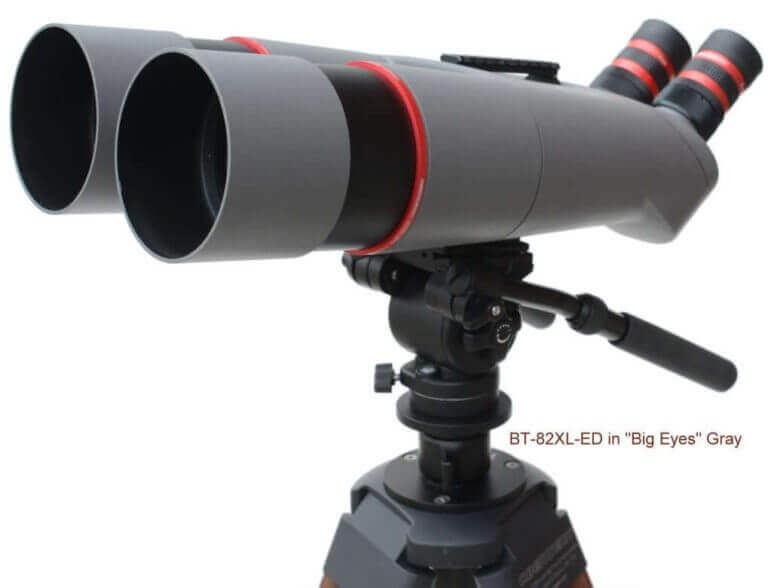
What do the numbers BT-82XL mean?
Some gigantic astronomical binoculars have designations such as BT-82XL-ED. What do these numbers mean?
Because they are very different from have been described above.
– BT means Binocular Telescope
– 82mm is the objective lens diameter of the binocular
– ED means the telescope has ED Glass quality (no chromatic aberration) i.e. true color image
Such binoculars have interchangeable eyepieces which allows you to have different magnifications. For instance, from 20x to 64x.

